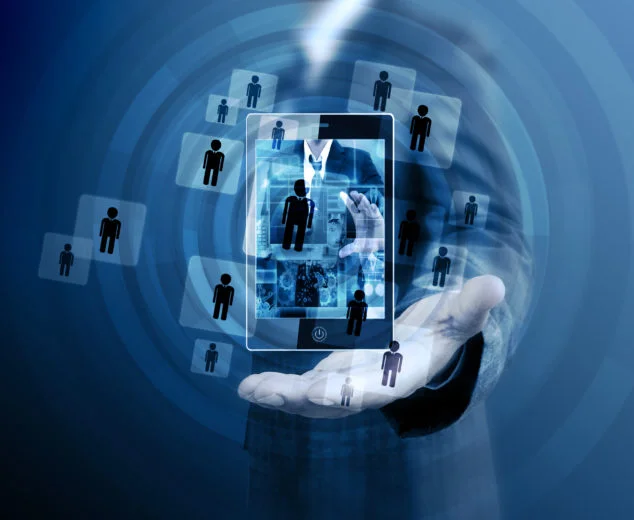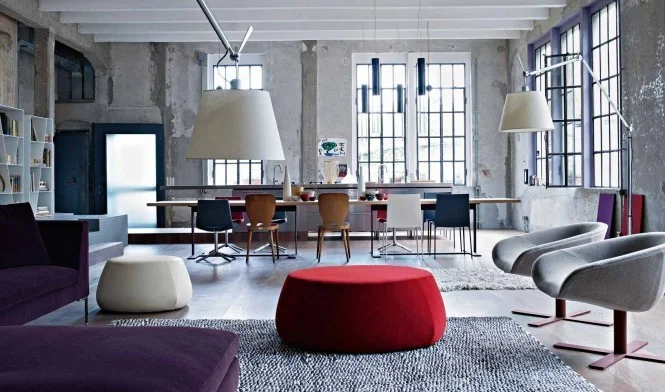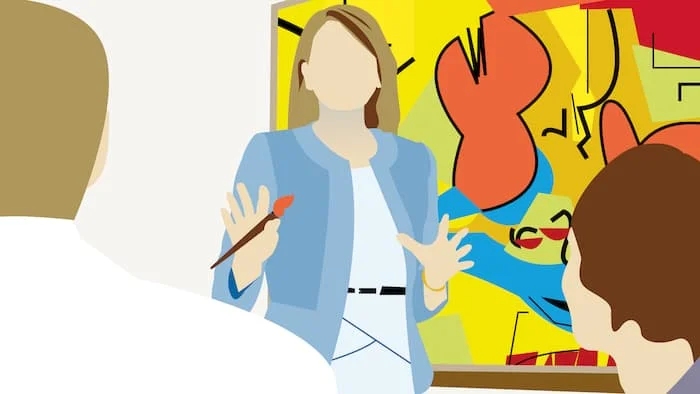Millennials are not happy about the nation's direction, and they don't think the country's economic fortunes will improve any time soon.
That’s the conclusion of a survey released last week (PDF) by the Economic Innovation Group and EY (Ernst & Young). About 63 percent of the respondents said they believe the country is on the wrong track, compared to 25 percent who said it’s going in the right direction. That majority held among older millennials, younger ones and the people in between. The same is true of opinions about whether the national economy will improve in the next year, with 65 percent saying they think it will be the same or worse, and only 25 percent saying it will be better.

























